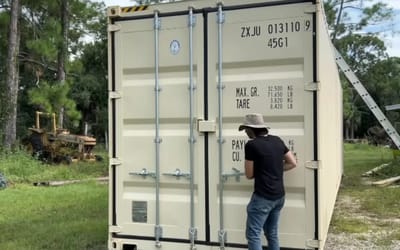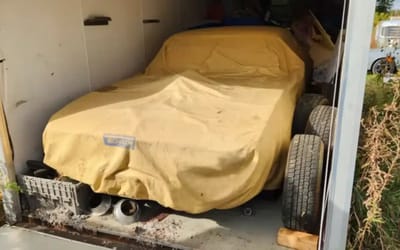Detailers drive 1962 Chevy Corvette barn find for 10 hours before finding secret hiding under seats
- A low-milage 1962 Chevy Corvette barn find was restored to like-new condition
- It hadn’t been on the road for around 30 years
- But what experts found under the seats had them wondering whether restoring it was worth it
Published on Jun 12, 2024 at 2:28 PM (UTC+4)
by Amelia Jean Hershman-Jones
Last updated on Jun 14, 2024 at 1:52 PM (UTC+4)
Edited by
Tom Wood
After sprucing up a barn find to find a sparkling, like-new 1962 Chevy Corvette beneath – detailers drove it for ten hours from Cleveland to New Hampshire, US, before finding something icky beneath the seats.
Lying in wait in a barn for 20 years and a garage for another 10 – it certainly looked like this low-mileage find was worth the wait.
However, the dirty little secret they discovered when they’d arrived at their destination almost made them reconsider the entire project – and lose their lunch.
READ MORE! Collection of 230 classic cars including rare Ferraris found in hidden barn
Why is the 1962 Chevy Corvette so special?
Rolling off the production line in the last year of the facelifted C1 Corvette generation, 1962, the 62-year-old Corvette has only clocked up 11,282 miles.
At the time the American automobile division of General Motors was ready for a new chapter.
That’s why, in its final production run year, the C1 Corvette boasted the updated taillights with chrome surroundings that Chevrolet was preparing for the new wave.
It was to be followed by the 1963 split-window Corvette.
This makes the 962 Chevy Corvette something of a missing link between the two.
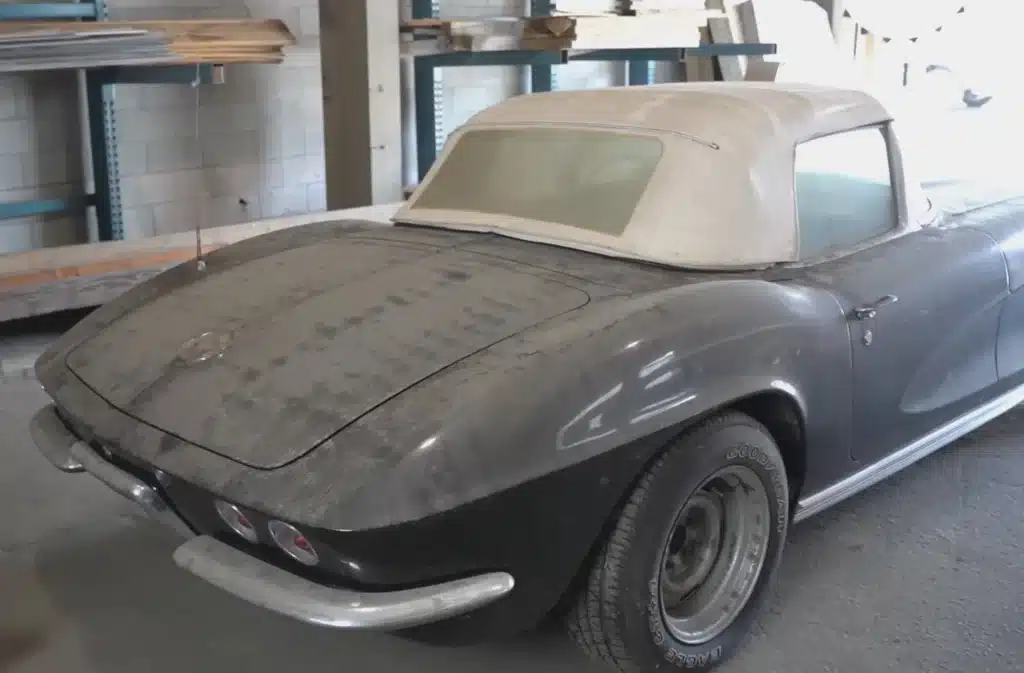
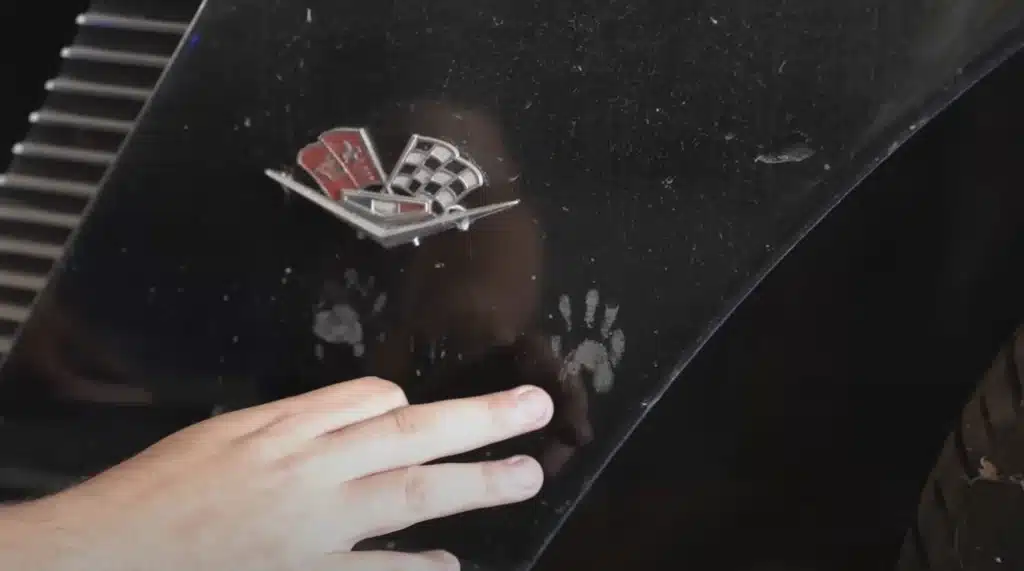
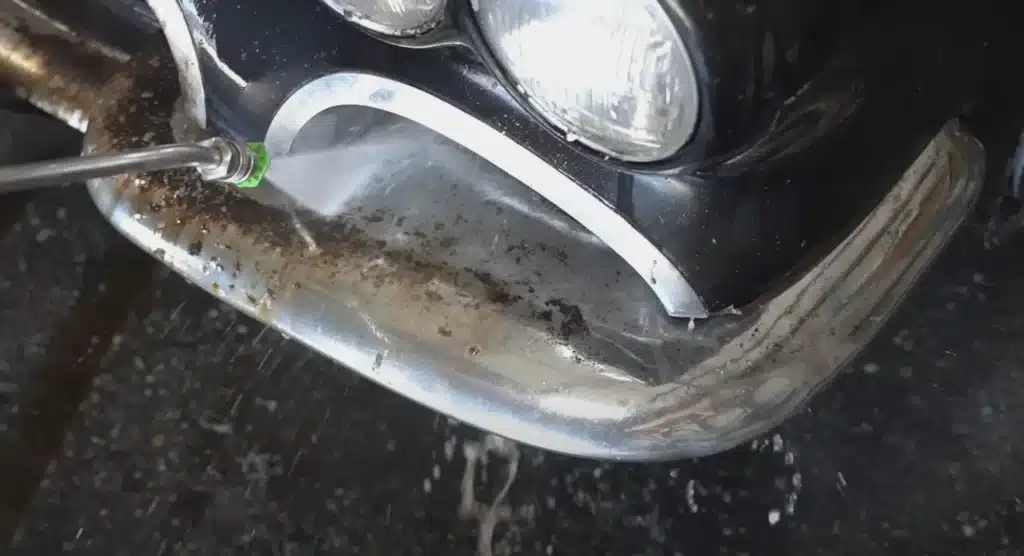
Not unlike the discovery of this rare and one-of-a-kind 1970 Plymouth Superbird that was discovered in a most spectacular barn find.
The car is powered by a 283-cubic inch (4.6-liter) V8 engine with either 230 or 315 horsepower.
Aftermarket components, including an intake manifold, a Holley carburetor, and an air cleaner, suggest it had been raced.
And when it was discovered – bar the mice droppings, dust, and rotting vegetation – it looked just like it had on delivery day.
Chase inherited the car from his grandfather after he bought it new for around $3,900 and gifted it to Chase’s then-teenage father.
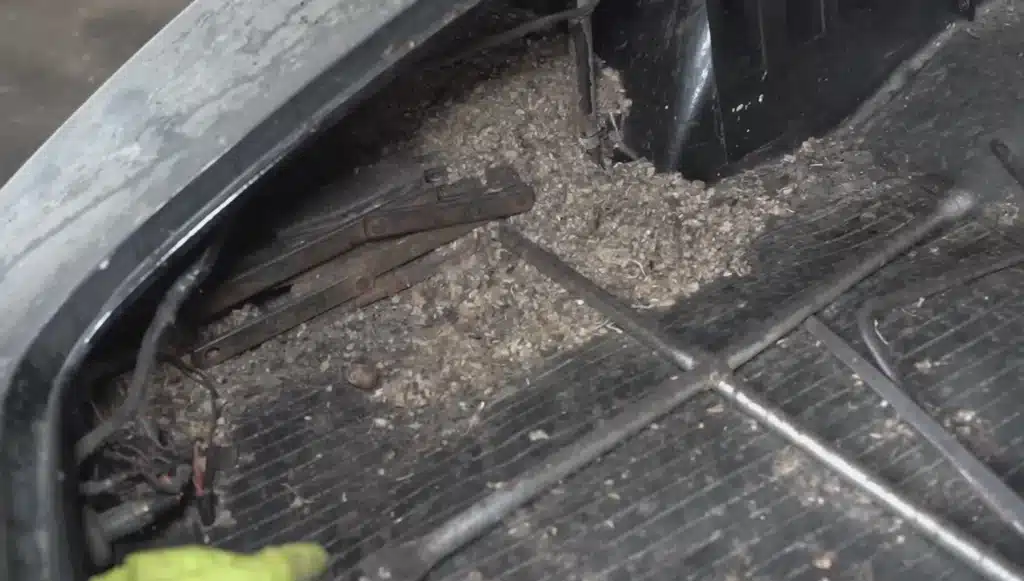
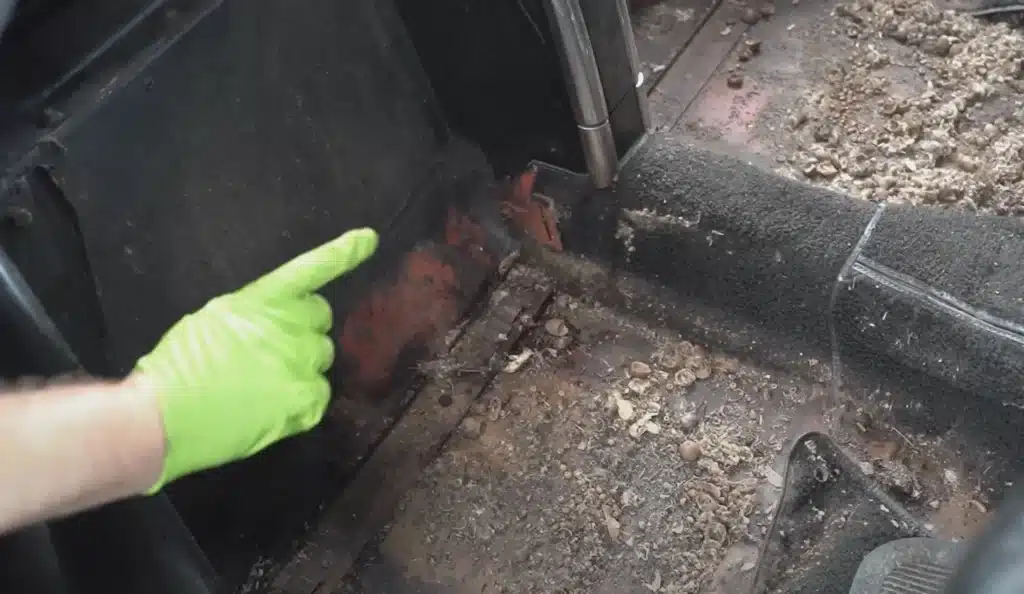
The last time the wheels of the Corvette hit the road was when he left high school in 1989.
It was then parked in a barn for 20 to 25 years.
Moved to a different storage facility following Chase’s grandfather’s death, it then remained there for ten years.
This and other renovations, like this abandoned barn find Ferrari getting a first wash in 28 years are seriously satisfying.
How did they renovate the barn find?
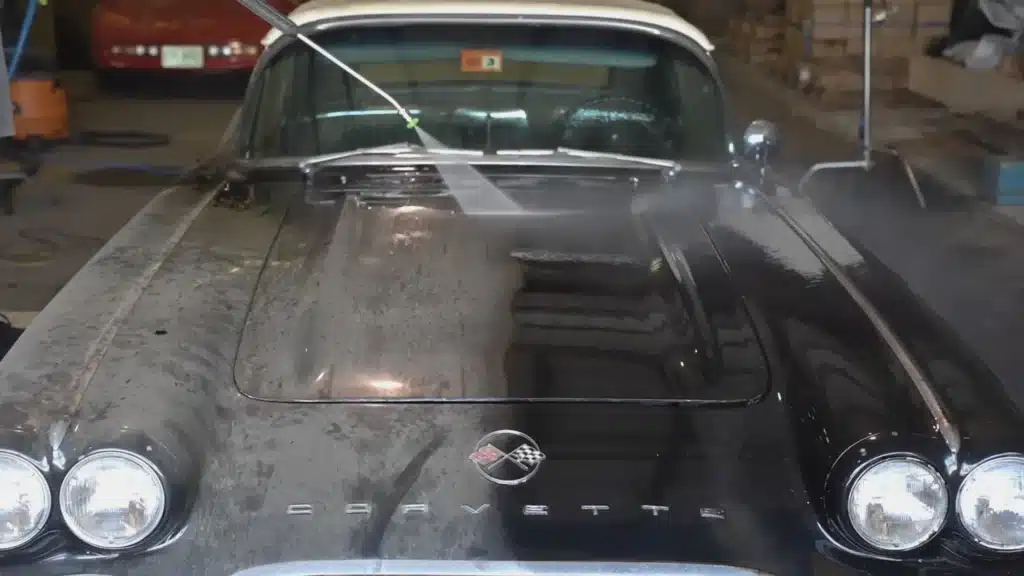
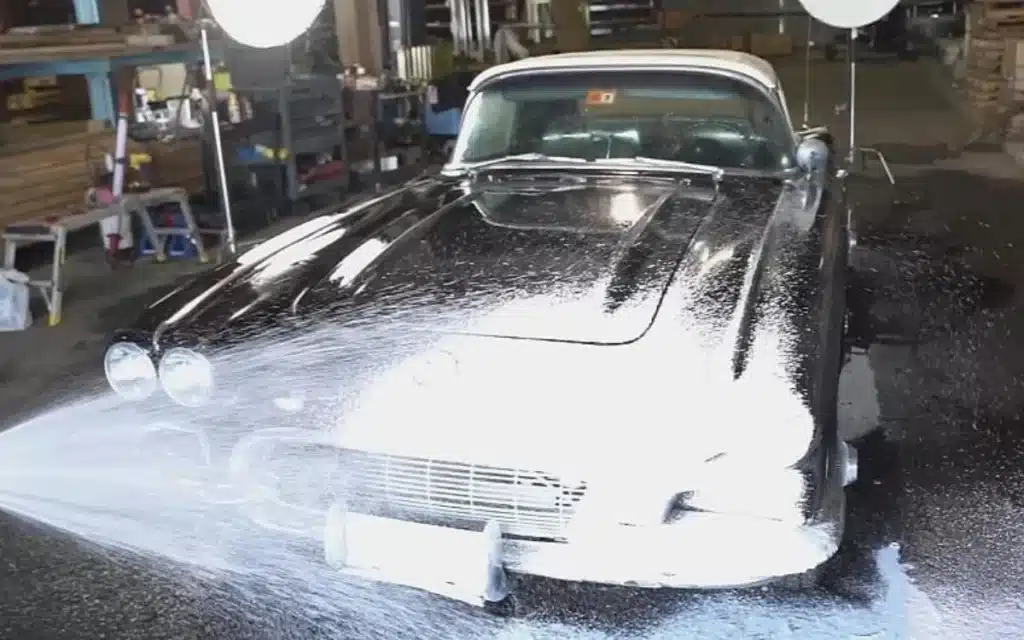
Detailers started by vacuuming everything and removing the mouse droppings and mouse nest from the wheels and truck respectively.
Remnants of rat life also had to be cleared out from under the hood.
With the hard top never used, under the rag top there’s a seriously dusty cabin.
But it’s under the seats that the detailers received a rather nasty surprise in the form of a tiny rodent’s remains.
It looked like the mice and rats had really lived a life inside the all-but-abandoned car.
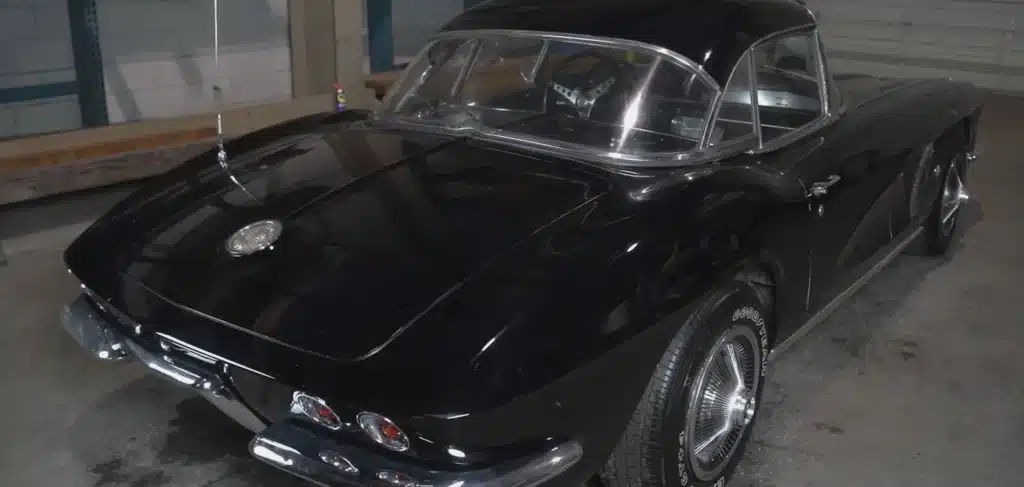
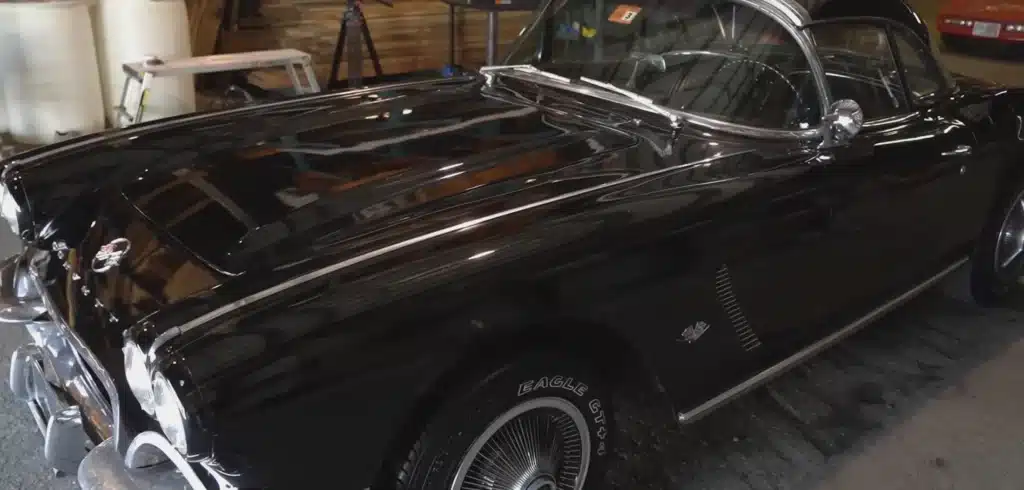
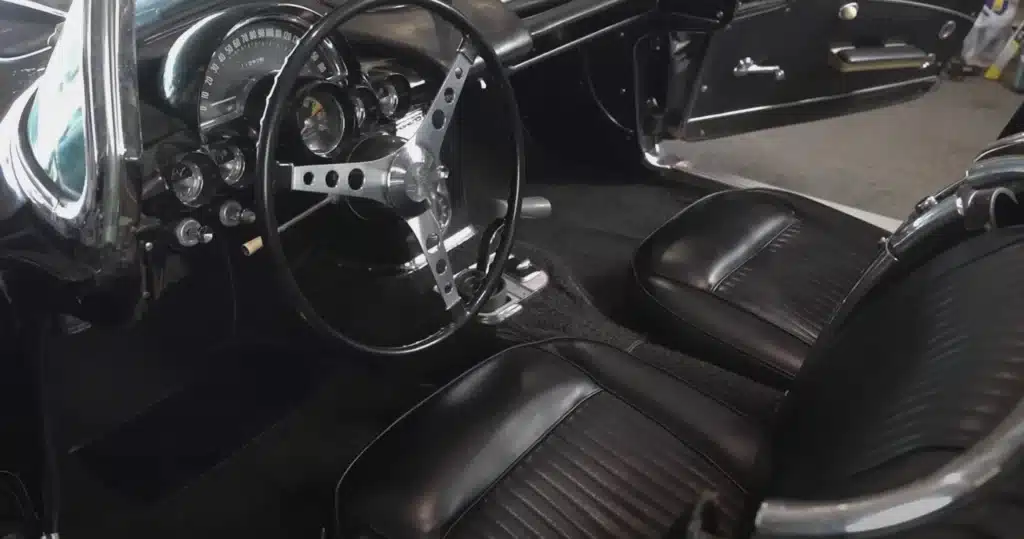
Sadly unlike this groundhog stuck in a woman’s car, none of them survived.
The black leather seats were thankfully easy enough to clean.
However, the foam-back carpets proved a little trickier because they couldn’t be power washed.
The single-stage lacquer paint was lightly polished to remove stains and oxidation.
However, ceramic sealing was needed to avoid scratching the somewhat sensitive finish.
After 16 hours of hard work, it’s almost impossible to believe this is the same 1962 Chevy Corvette.
The C1 is hoped to be worth around $112,000.
DISCOVER SBX CARS: The global premium car auction platform powered by Supercar Blondie
All Supercar Blondie contributors undergo editorial review and fact-checking to ensure accuracy and authority in automotive journalism. After gaining her BA Hons in French and English at the University of Nottingham, Amelia embarked on a vocational diploma from the National Council for the Training of Journalists (NCTJ). This led to numerous opportunities, from interning at Vogue to being on the small team that launched Women’s Health magazine in the UK, which was named the PPA Consumer magazine of the year for three years running. As Health, Beauty and Fitness editor, Amelia personally received a Johnson & Johnson Award and was shortlisted for both PPA and BSME titles. Since then, Amelia has created content for numerous titles and brands, including the Telegraph, 111 Skin, Waitrose, Red magazine, Stylist, and Elle, as well as being Head of Content at Vitality and Editor in Chief at INLondon magazine. “My superpower is translating technical jargon about the mechanical workings of a supercar into a relatable story you’ll want to share with your friends after you’ve read it.” After joining the SB Media family as a senior journalist in September of 2023, Amelia’s role has evolved to see her heading up the SEO output of the editorial team. From researching the most ‘Google-able’ key terms to producing evergreen content - it’s been a time of hard work, growth, and success for the editorial team and the Supercar Blondie website. “I like to think of myself as a ‘method journalist’. In other words: I live and breathe whatever I am writing about. When writing about fitness, I trained as a personal trainer, and as a beauty editor, I completed an ‘expert’ in scent diploma with the Fragrance Foundation. “During my tenure at Supercar Blondie, however, I did something I never thought possible: I passed my driving test at the age of 36. One day I’d love to train as a mechanic to better understand what happens under the hood, too. “My sweet spot is providing readers with a ‘takeaway’ (read: something new they didn’t know before) after reading every one of my stories. While I don’t claim to be an expert in the automotive world, I know the experts and bodies in the field to rely on to provide our readers with an informative and thought-provoking story every time they visit the site.”


